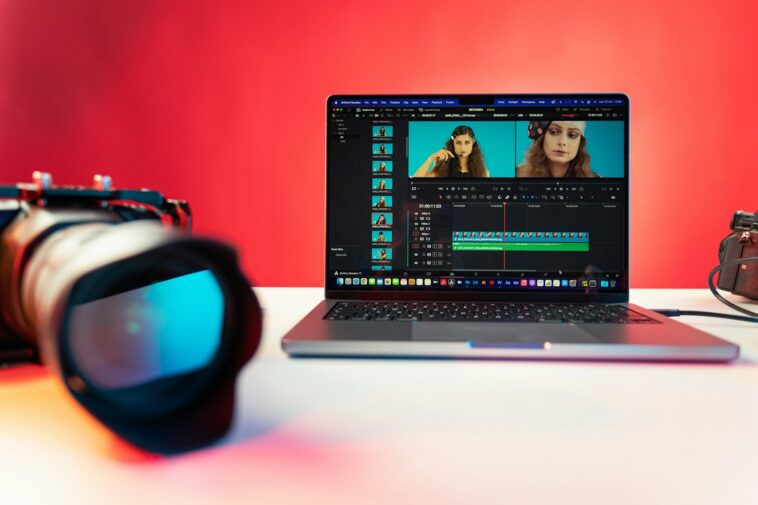Webinars take a lot of effort. You spend hours preparing slides, practicing delivery, answering questions, and promoting the event.
But once the webinar ends, many people just let that valuable content sit in a digital drawer. That’s a huge missed opportunity.
The truth is, a single webinar can fuel weeks—sometimes months—of marketing content if you know how to repurpose it effectively.
With a little creativity, you can turn one recording into blog posts, social snippets, email campaigns, and much more. That way, your hard work keeps paying off long after the live session is over.
I want to walk you through how I do this, step by step, so you can squeeze every drop of value from your webinar content.
Step 1: Start With the Replay
The easiest starting point is to take the recorded webinar and make it available on-demand. This gives anyone who missed the live session a chance to watch it later. You can host the replay on YouTube, Vimeo, or even a gated landing page to capture leads.
Here’s where the repurposing begins:
Edit the recording into shorter clips. Pull out 2–3 minute highlights that address key questions or share practical tips. These bite-sized videos are perfect for LinkedIn, Instagram, or even TikTok.
Transcribe the session. Most webinar platforms or tools like Otter.ai make transcription simple. This transcript becomes the raw material for blog posts, guides, or social captions.
Step 2: Break It Down Into Blog Posts
A webinar usually covers multiple points or themes. Instead of writing one long recap, I like to split the content into several blog posts.
For example, if your webinar was about “Building a Remote Team,” you might create:
A blog on how to hire remote talent effectively.
A blog on tools that make remote collaboration smoother.
A blog on mistakes to avoid when managing a remote team.
Each of these posts dives deeper into one part of the webinar, while also linking back to the full replay. That way, you drive more traffic to your recording and improve SEO at the same time.
Step 3: Use It for Email Marketing
If you send a regular newsletter, webinars are gold for fresh content. You can:
Share the replay link with a short summary.
Highlight one “big takeaway” from the webinar and connect it to a resource, like a checklist or case study.
Run a nurture sequence. For instance, send a three-part email series where each email covers one point from the webinar.
This approach doesn’t overwhelm subscribers with a giant info dump. Instead, it delivers value in digestible pieces while nudging them to engage more with your brand.
Step 4: Create Social Media Content
Webinars naturally contain quotable moments, stats, and insights that can live far beyond the live session. Here are a few ideas:
Quote graphics. Pull out a strong statement or piece of advice and design a simple graphic around it.
Audiograms. If your webinar included a great soundbite, turn it into a short audio clip paired with visuals.
Carousel posts. Summarize 3–5 key takeaways in a slide format for LinkedIn or Instagram.
Polls and discussions. Take a question asked during the webinar and pose it to your audience on social media.
This not only extends the life of your webinar but also sparks conversations in different channels.
Step 5: Turn It Into a Guide or Ebook
If your webinar was especially information-rich, think bigger. With a little editing, you can package the transcript and slides into a polished guide or ebook.
Why does this matter? Because ebooks and guides make excellent lead magnets. Instead of asking people to watch a 45-minute replay, you give them a concise, visually appealing resource they can download and refer back to.
I’ve found that people who don’t have time to watch a replay often appreciate a condensed version they can skim at their own pace.
Step 6: Use It for Sales Enablement
Repurposed webinar content isn’t just for marketing—it can help sales too. Sales teams often need bite-sized, authoritative content to share with prospects. Clips, slides, or short blog summaries can be turned into:
Case study references
Quick “explainer” videos
One-page handouts or PDFs
This not only positions your brand as a thought leader but also helps sales reps answer common questions with ready-to-go content.
Step 7: Feed It Into Future Webinars or Presentations
One of the best parts about repurposing is that it creates a cycle. Questions from your last webinar can inspire topics for the next one.
Blog posts based on the webinar can be expanded into future presentations. And if you notice certain clips or posts perform really well on social media, you’ll know what topics resonate most with your audience.
FAQs
Do I need fancy tools to repurpose my webinar?
Not at all. A simple screen recorder, free editing tools like iMovie or Canva, and transcription services like Otter.ai are enough to get started.
How soon after the webinar should I repurpose content?
Ideally, within a week. That’s when interest is still fresh, and your audience will be more likely to engage with follow-up content.
What if the webinar didn’t get many attendees?
That’s even more reason to repurpose it. A small live audience doesn’t mean the content isn’t valuable. By turning it into other materials, you ensure it reaches far more people over time.
How much of the webinar should I repurpose?
As much as makes sense. Not every single word needs to be reused, but the goal is to capture the strongest insights and present them in new formats.
Wrapping It Up
Webinars aren’t one-and-done events—they’re content goldmines. By repurposing them into blog posts, emails, social content, guides, and even sales materials, you maximize the return on your effort and reach people in the format they prefer.
So here’s my question for you: If you hosted a webinar tomorrow, which piece of content would you want to create from it first?





GIPHY App Key not set. Please check settings